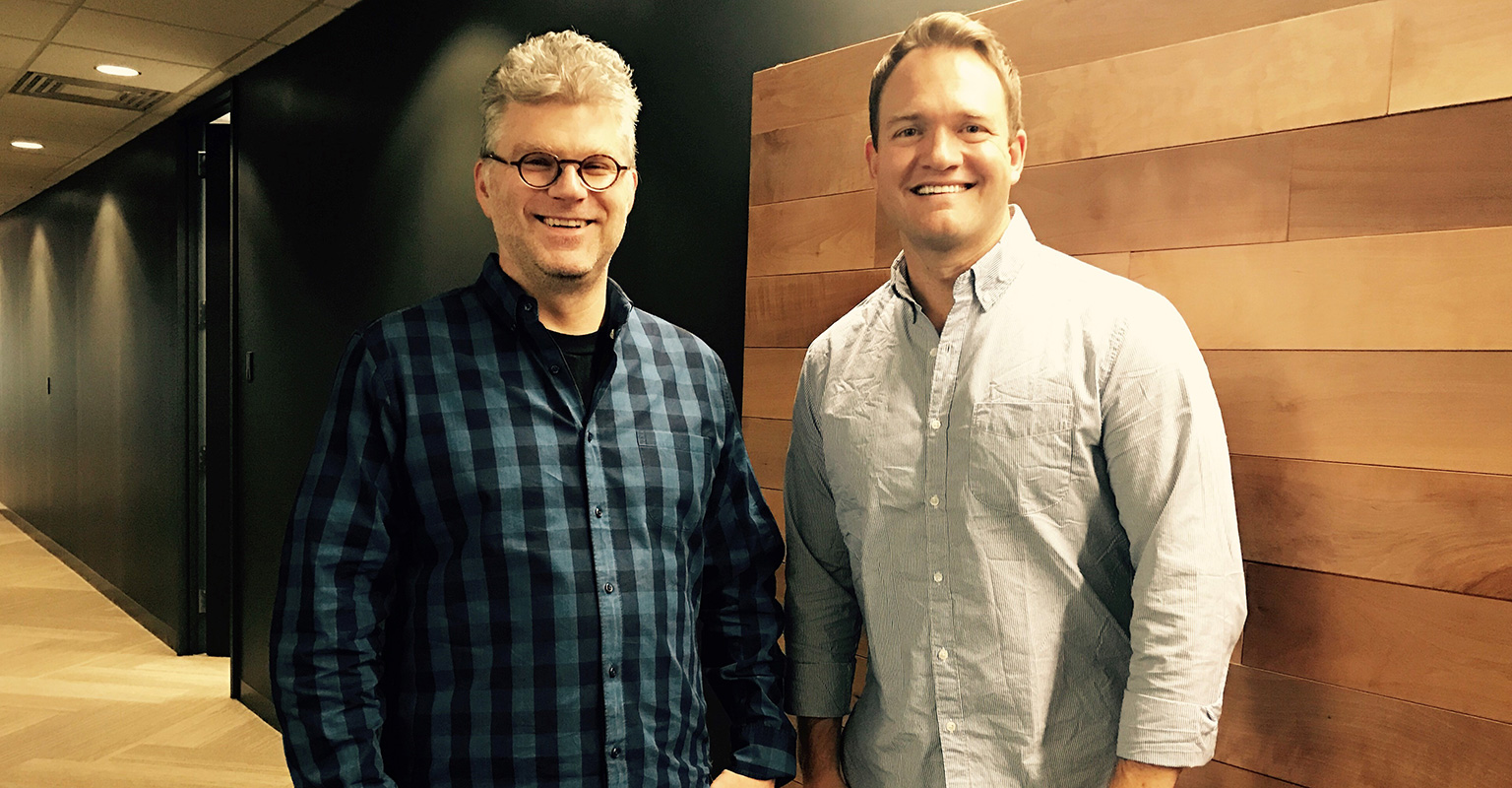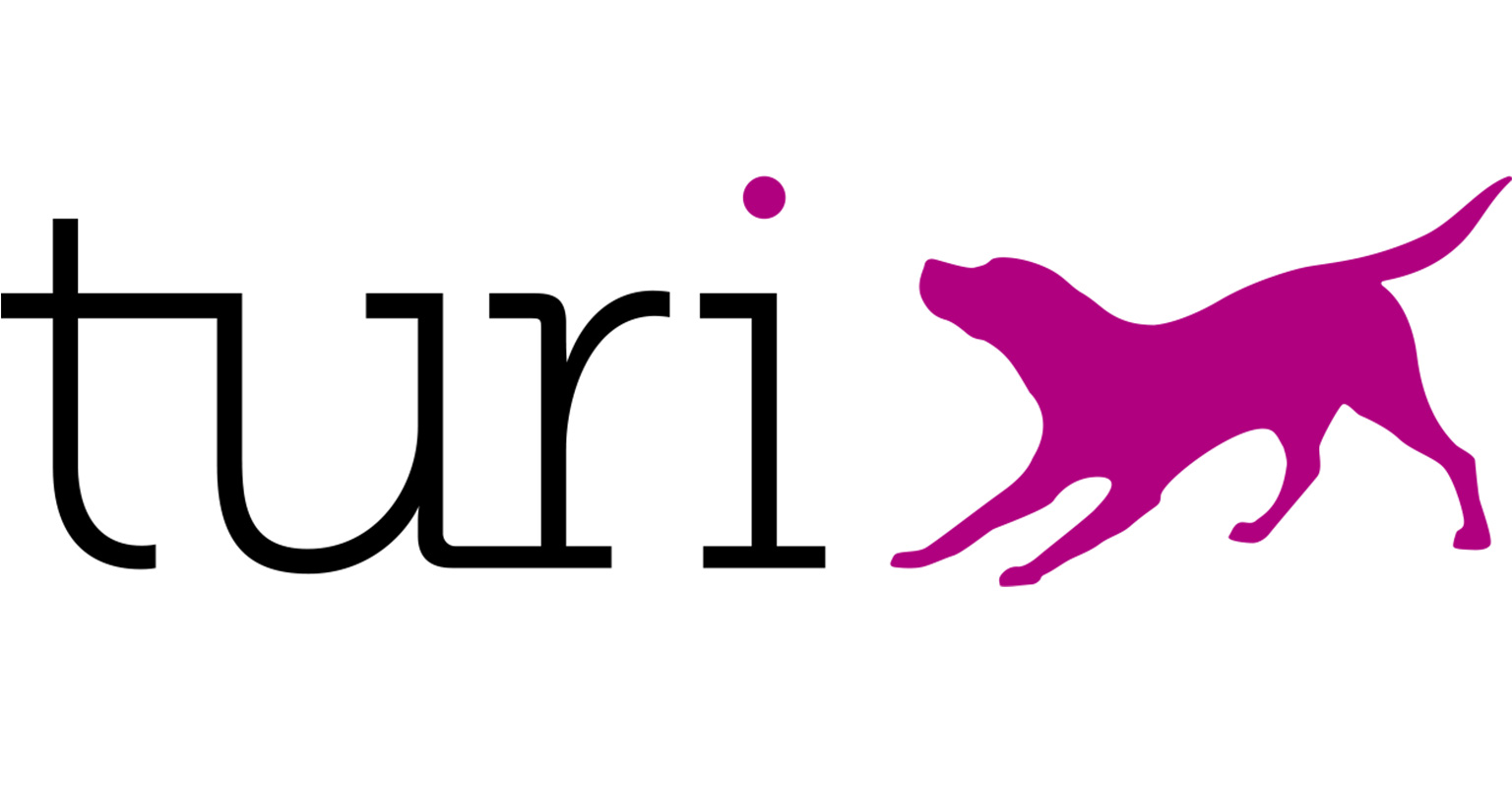Through my role at Madrona Venture Group advising startups on growth, I meet a lot of marketers using Facebook to acquire and engage with customers. It’s a powerful platform. Unfortunately, many companies are falling short of their goals and are left frustrated with what they see as unrealized potential.
Recently I began a Facebook benchmarking project with the goal of providing marketers in our portfolio with aggregate performance data on different stages of the funnel. This project used 2015 and 2016 data from companies who were targeting consumers. B2B companies were not included in this study, though many have successfully marketed on Facebook and many of the same trends likely apply.
Through this process, I came up with 5 recommendations that companies should consider as they try to get the most out of this large and increasingly competitive channel.
1. Know where you are on the calendar — don’t ignore seasonality
Prior to my role at Madrona, I led a growth team investing millions on Facebook each month. Even with this budget, we were often surprised at how volatile the channel could be. A common explanation for this unpredictability was an increase in demand for ad impressions — supply stays the same, demand goes up, and your scale falls drastically. Our data show that there are three big bumps throughout the year when prices rise — April, September and December. It’s likely the tax advertisers in April, apparel companies in September (back to school and fall fashion shows), and general retail in December that are driving up prices. From our study, January and February featured the lowest prices of the year, so now could be a good time to scale up. Alternatively, April is the highest month in H1 so you may want to hold back spending there in favor of before and afterwards. Just be careful in November and December as prices during those periods that were 2x January.
2. Use in-month pricing cycles to your advantage
Different pricing within a month is another trend that appeared in the data. Prices were 20% higher in the last 10 days of the month compared with the first 10 and they increased throughout the month. Exceptions did apply in a few months with holidays like July and February, but this trend appeared in the majority of months. If you have a set amount you are spending per month, allocate a greater share of spend earlier in the month when prices are lower and your dollars go further. Doing so could lead to a meaningful increase in the efficiency of your ad spend.
3. Make sure visitors have great experience on mobile

Among our companies, 82% of newsfeed impressions occurred on mobile devices. That percentage will only grow. Mobile newsfeed impressions used to come at a large discount relative to their desktop counterparts and they remain cheaper, but the gap is shrinking. Because much of the discount has disappeared and because of how large mobile is, it is crucial for any prospective advertiser to make sure their mobile experience is solid before being aggressive on Facebook. This means limited text, clear calls to action, and extensive testing on different devices and screen sizes. Promoting app downloads and sending visitors to a mobile browser can both be effective depending on the situation, but in each case make sure your customer onboarding gives people a fast and clear understanding of your key value proposition(s) so you’re not wasting money.
4. Understand costs of reaching your audience
While it was once made up of exclusively college students, these days the Facebook audience is much more diverse. Nearly every customer segment is reachable on Facebook which is one reason why so many companies turn to it to reach prospective customers. The breadth of the Facebook audience does not mean, though, that all audiences are reachable for the same price. In our study, impressions served at females were 33% more expensive compared to males. Differences can also be found among different ages, geographies and other demographic qualities. Companies would be wise to understand their audience and what that means from a cost-to-reach standpoint before getting too far along in their Facebook marketing journey. Suggested Bids in Ads Manager has not been reliable when I’ve used it, so the best way I’ve found to learn prices of different audiences is through live testing. Also keep in mind that the more relevant your creative is for the audience you are trying to reach, the more cost effectively you can reach them.
5. Treat alternative placements differently — Instagram does not equal Facebook
Over the last few years Facebook has increased its impressions in places beyond the newsfeed. Instagram and the Audience Network are the two that were used most often by our companies and performance data from those placements made for an interesting comparison to native Facebook ads. Instagram was used most often and, while prices were in the ballpark relative to mobile newsfeed, the clickthrough rate was much lower. This takes us back to social media 101. Think through what consumers are doing on each platform and have that in mind when building creative. It’s different by platform. Don’t waste money running ads that have been optimized for Facebook on Instagram. Alternate placements available through Facebook will increase in the future, so keep this in mind when extending your brand to other platforms.
Facebook can be a great place to reach customers, but it can also be unpredictable and frustrating for many. I hope some of the data that came out of this study can shed some light on what’s happening and leave you with ideas on how to exceed your goals.



